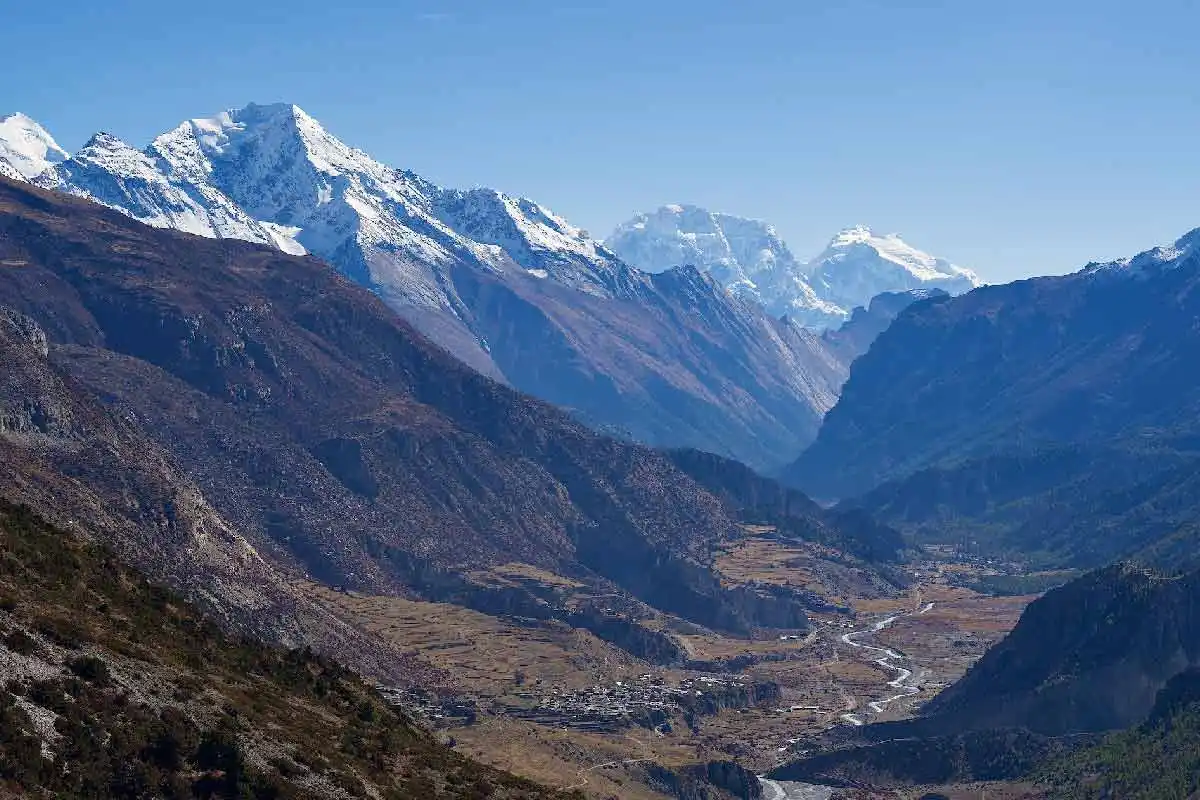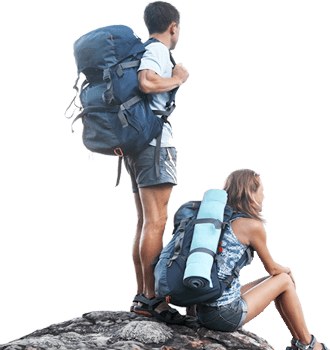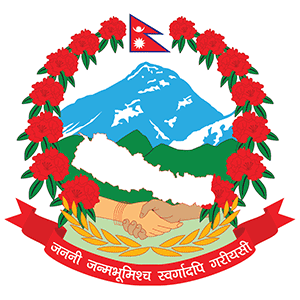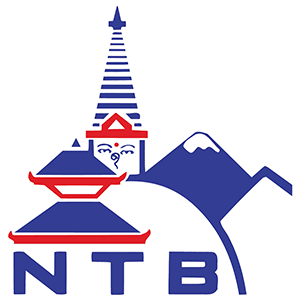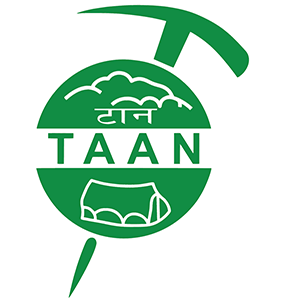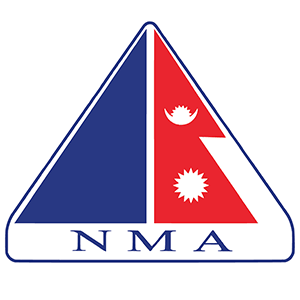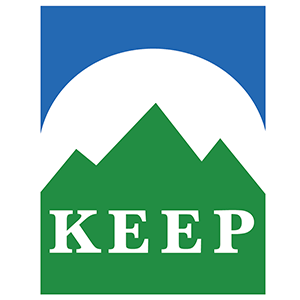In Kathmandu, your accommodation will be arranged at a locally recognized three-star hotel, featuring double rooms. During the trekking, we provide accommodations at guest houses and lodges, particularly in key trekking regions. These guest houses and lodges offer running hot and cold water amenities, and private rooms are readily available. While private rooms are a common feature, it's important to note that bathroom facilities are often shared. Drawing upon our extensive experience in the trekking domain gained over numerous years of organizing diverse treks in Nepal, we assure you of our meticulous selection process. We choose guest houses and lodges that are meticulously maintained, ensuring cleanliness and hygiene. These establishments are known for their amicable ambiance and exceptional vistas.
Upon reaching the base camp, the arrangement transitions to full board camping. Our camping setup is comprehensive and well-supported by a team of proficient guides, skilled cooks, capable Sherpas, and diligent porters who accompany you throughout. The porters are responsible for carrying trekking equipment, food supplies, fuel, and personal belongings. Our adept cooks diligently prepare nourishing hot meals. When the sun sets, we provide well-equipped tents for dining, sleeping, and ablutions. These tents are thoughtfully furnished with comfortable mattresses, cozy down-filled sleeping bags, tables, and seating arrangements.
A typical day on a camping trek commences at around 6 or 7 AM, with a rejuvenating cup of hot tea to invigorate you. Following this, a bowl of warm water is provided for your washing needs. Breakfast is then served, setting you up for the day ahead. The trek usually gets underway between 7:30 and 8 AM. Trekkers have the flexibility to pace themselves, allowing for pauses and sightseeing along the route. The morning walk typically culminates at the lunch spot after approximately 3 hours. Here, you'll be treated to a hearty, hot lunch.
In the afternoon, you'll continue your journey for another 3 to 4 hours, arriving at the next campsite around 4 or 5 PM. Tea and snacks are thoughtfully served to invigorate you while our dedicated staff prepares the camp. Dinner is typically served around 6 or 7 PM in the well-appointed dining tent, illuminated by lanterns, and thoughtfully furnished for your comfort.

